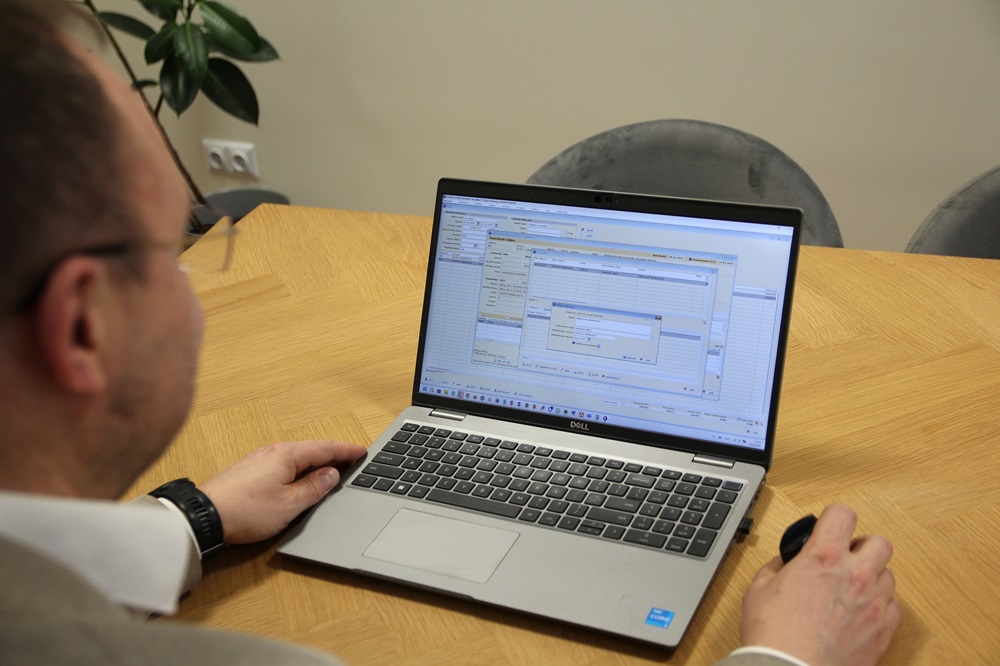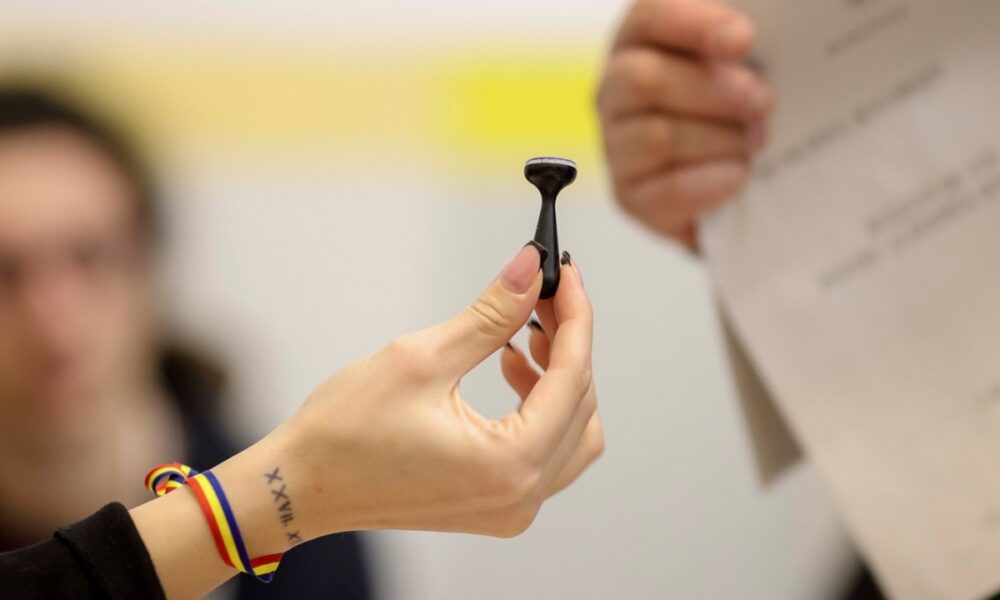Half of Latvian companies are unable to prepare and send e-invoices / day

Pieriga companies-43% and micro-enterprises-46%-are the lowest in the e-invoice circulation. 30%, on the other hand, said they were not yet ready for e-invoices with the note, because there is still time, not thinking about it or lacking knowledge.
The least ready for the use of a machine readable e-invoice format is companies whose main activity is production, as well as wholesale, retail, car and motorcycle repair (45%), accommodation and catering services (44%), real estate operations (42%), financial and insurance activities (41%) Electricity, gas supply, heat supply and air conditioning (25%).
“Changes in the Accounting Act have already significantly accelerated the e-invoice implementation process, but it can be seen that a very large proportion of companies are not ready for e-invoices, especially micro-enterprises, although in the Latvian economy they account for most of the companies. The use of format for companies, whose main scope is water supply, waste management and rehabilitation, has expressed its readiness for the preparation and transmission of electronic bills.
12% of respondents, on the other hand, admitted that the company is not ready for the e-invoice circulation with the note that there is still time. 18% of companies are not meant or lack knowledge about the e-invoice format. Although it has been publicly stated that e-invoices may be mandatory to use settlements between companies registered in Latvia later than in 2026, I would recommend that you assess what system to use for machine-readable e-invoices and deport it in the future. It is better to prepare for these changes in a timely manner and adjust the IT infrastructure already to ensure a smooth transition to digital bills, ”says Edge Gee, director of ZZ Dats.
Machine bills, or e-invoices, are digital documents that are prepared and sent in electronic format, providing them with the ability to automatically process them in resource management and other systems without manual data entry. E-invoices provide significant advantages-making bills more efficient, reducing mistakes and allowing companies to save resources. Although the e-invoic format was determined in Latvia five years ago, not all companies have introduced it.
Currently, the service provider sets an invoice in his resource management system in PDF format and sends the service to the recipient. The accountants of the recipient of the service manually enter this invoice in their resource management system. E-invoices eliminate the need to manually enter data again-information once entered into one system is automatically transmitted and processed into the other system. It is important that they also reduce the risks of fraud and contribute to the automation of bills, making the bill processing more secure and efficient.
From 2025, the e-invoice format is mandatory in the bill with the public sector by sending invoices to state and municipal authorities. From 1 January 2026, e-checks will have to be used in mutual transactions to all companies registered in Latvia.
ZZ Dats were a representative survey of companies in cooperation with the study agency Norstat in April 2025 throughout Latvia, surveying 1093 companies of different sectors.
SIA “ZZ DATS” is a 100% Latvian company founded in 1995, and since the beginning of its operations, its main activities are the unified municipal system, cloud computing and the development, implementation and maintenance of the original software providing services to Latvian municipalities, public authorities and commercial companies. The company’s office is located in the quiet center of Riga with 230 employees.
SIA “ZZ DATS” is active in the field of research and development of web solutions and electronic services, paying special attention to the electronization of business processes, the security of systems, the quality and the satisfaction of the users.




:format(webp)/s3/static.nrc.nl/wp-content/uploads/2024/08/30164356/data121029017-2df8a9.jpg)


